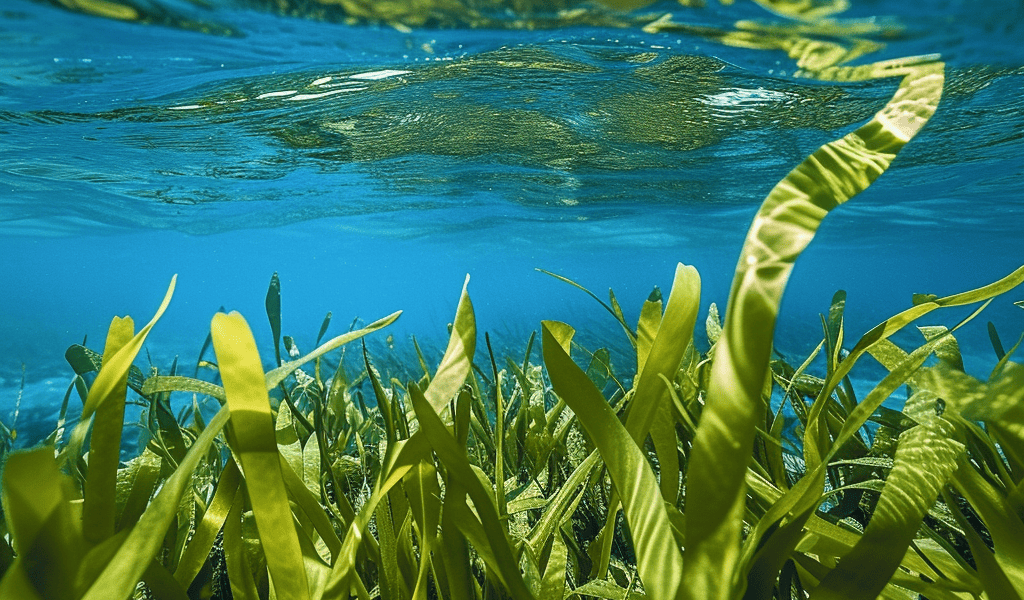Seagrass, the ‘savannahs of the sea’, are facing major concerns due to climate change and loss of biodiversity. In a recent study, researchers have revealed new insights into the genomes of seagrass species, shedding light on their ancient polyploidy and adaptations to the marine environment.
The study, published in Nature Plants, presents chromosome-level genome assemblies from representative species of three independently evolved seagrass lineages: Posidonia oceanica, Cymodocea nodosa, Thalassia testudinum, and Zostera marina. Additionally, a draft genome of Potamogeton acutifolius, a freshwater sister lineage to Zosteraceae, was included in the analysis.
One of the key findings of the study is that all seagrass species share an ancient whole-genome triplication, indicating a common evolutionary history. Furthermore, the researchers uncovered additional whole-genome duplications in C. nodosa, Z. marina, and P. acutifolius, providing valuable insights into the genetic mechanisms underlying the adaptation of seagrasses to the marine environment.
Comparative analysis of selected gene families revealed that the transition from submerged-freshwater to submerged-marine environments involved fine-tuning of multiple processes such as osmoregulation, salinity, light capture, carbon acquisition, and temperature. These adaptations had to occur in parallel, explaining the rarity of adaptation to a marine lifestyle. The study also highlighted major gene losses related to stomata, volatiles, defence, and lignification, suggesting that these losses are likely a consequence of the return to the sea rather than the cause of it.
The newly revealed genomes of seagrass species are expected to accelerate functional studies and solutions for the conservation of these vital marine ecosystems. With the ‘savannahs of the sea’ facing ongoing losses, the findings of this study hold significant implications for addressing the challenges posed by climate change and biodiversity loss.





